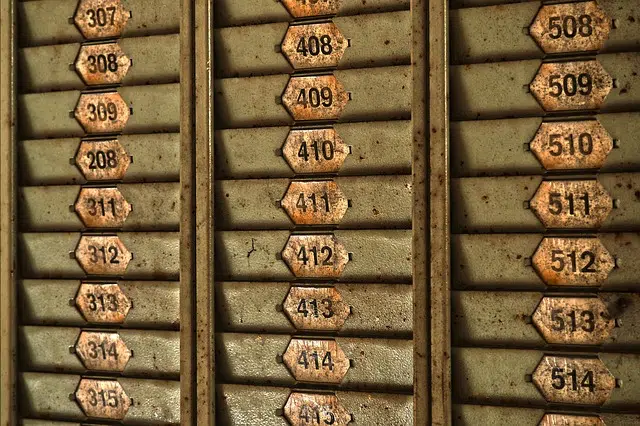
A digit is a number whose expression is made with a single figure.
The term digit derives from digĭtus , a Latin word that can be translated as “finger.” In the field of mathematics , a number that is expressed through a single figure is called a digit (figures are the figures or signs that are used to express a quantity). This means that, in decimal numbering , the digit numbers are ten: 0 , 1 , 2 , 3 , 4 , 5 , 6 , 7 , 8 and 9 .
Since there are ten digits in this numbering system , we can understand the reason for the etymological root: each digit can correspond to a finger . We have ten fingers on our hands and there are ten digits in decimal numbering.
A digit, a figure
Digit, in this framework, is usually used as a synonym for figure (the sign that allows the representation of a digit number). A digit number or a single-digit number, therefore, is expressed with a single figure.
The result of the sum 4 + 3 , to cite one case, is a digit number: 7 . On the other hand, the sum 8 + 5 results in a two-digit number ( 13 ). As you can see, 13 is made up of the digit 1 and the digit 3 . Since numbers are infinite, the number of digits is also infinite. There are numbers with one digit, two, eight, forty-five, nine hundred and fifty-two, etc.
The binary system
It is important to keep in mind that there are other systems beyond decimal. A binary number system , for example, appeals to two decimal digits ( 0 and 1 ).
A digit in this system is known as a bit . In the field of computing, in fact, data is stored as bits, using different combinations of 0 and 1 .

A three-digit number is made up of three digits.
Learn to read digits
Reading numbers is taught at a basic level during the years of compulsory education, so that all citizens who have attended school can understand and use numbers in the official system, which is decimal . Thanks to this, we can read the prices of the products and services we need to live in society, solve simple calculations to organize our money and our time, and follow a culinary recipe using the correct quantities of each ingredient.
However, the math doesn't end there. Reading numbers entails a certain difficulty when we delve into the set of decimal numbers or other numbering systems, such as binary or hexadecimal, since in those cases the interpretation of the same figure can vary and this can lead to lead to endless errors and complications.
Differences depending on the system
Let's look at some examples to understand more clearly what was stated in the previous paragraph. If we are faced with the digit number 1 , we can assure that in both the decimal, binary and hexadecimal numbering systems the reading is the same: "one."
Now, if we just add a figure and convert it to 10 , everything changes considerably: while in the decimal system we must read said number as "ten", in binary it is "two" and in hexadecimal, "sixteen". If we wanted to express the quantity of ten in these last two systems, we would have to write 1010 and A , respectively, something that people outside the exact sciences do not usually know.
The digitpuncture
We can find this term as part of one compounded in acupressure , for example, a therapeutic procedure that fuses the fundamentals of acupuncture and massage without the need to use external elements, such as needles. Broadly speaking, it consists of putting pressure on certain points on the body to promote its recovery.
According to experts, our body has a network of energy channels that relates all internal organs; By touching the external sites corresponding to each of them it is possible to process them.
